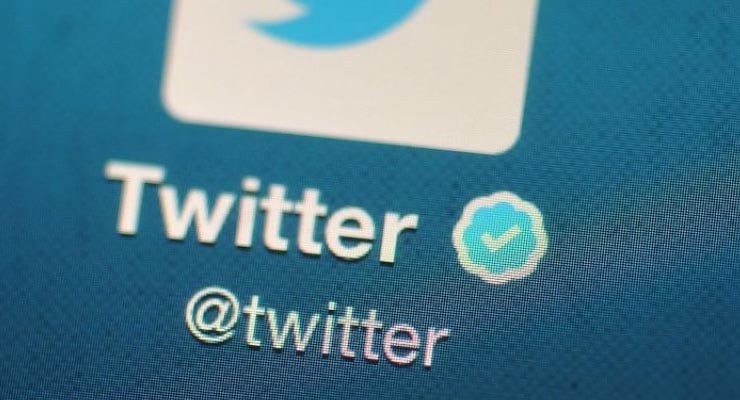Elon Musk announces more changes to Twitter’s flailing “verified tick” system
Whether you like Elon Musk’s more dynamic and politicised approach to Twitter or not, one thing that has been patently clear is that Musk’s hasty and often flippant series of redesigns to Twitter’s blue tick system has been catastrophically bad and entirely avoidable had he listened to the warnings from anyone within the cybersecurity industry.
Soon after taking over the social media platform, Musk announced that he would open up the “blue tick” to anyone willing to pay a monthly subscription fee, meaning not only would official organisations and high profile figures get a blue tick, so could anyone else. Anyone else.
And anyone who works in Cybersecurity (as well as, we imagine, his Chief Security Officer who later resigned) would have told him, this would inevitably devalue an important Cybersecurity “trust signal” as well as lead to an onslaught of impersonation scams.
Sponsored Content. Continued below...
Musk pressed on with the move regardless, which resulted in him devaluing an important Cybersecurity “trust signal” and led to an onslaught of impersonation scams. The shock!
Predictably, spammers and scammers had a field day on the platform, with a spike of hundreds – if not thousands – of impersonation scams cropping up in a handful of days, one of which led to the pharmaceutical company Eli Lilly facing a stock crash after a spoof account tweeted about offering free insulin.
This led to a number of temporary solutions, including a separate “official” badge given to organisations and Twitter Blue being suspended.
Now Elon Musk has announced a new colour tier system, where official organisations will get Gold ticks and government entities getting Grey ticks (presumably there is no requirement to pay for these ticks.) Musk also announced in a tweet that subscribers will retain the original blue tick, though it is unclear as to whether existing notable individuals with existing blue ticks will lose their ticks unless they are start paying. (If the latter is the case, expect no let-up in the surge of impersonation scams.)
Sponsored Content. Continued below...
It’s just another step into a land of confusion in which spammers and cyber-crooks thrive, and we suspect other changes or clarifications will be coming soon from Twitter, hopefully.
Of course literally all of this nonsense could simply have been avoided entirely by leaving the verified blue tick system alone and offering an alternative badge for those that subscribed to Twitter’s premium service, as we and many others said from the start.
But it looks like Twitter is pressing on, so our advice to anyone using the platform is simple. Don’t believe what you see. Within the Twittersphere, stop associating the blue tick with legitimacy or authenticity. Avoid clicking on links on Twitter, especially if those links lead to websites soliciting money, login information or personal information.
Continued below...
Thanks for reading, we hope this article helped, but before you leave us for greener pastures, please help us out.
We're hoping to be totally ad-free by 2025 - after all, no one likes online adverts, and all they do is get in the way and slow everything down. But of course we still have fees and costs to pay, so please, please consider becoming a Facebook supporter! It costs only 0.99p (~$1.30) a month (you can stop at any time) and ensures we can still keep posting Cybersecurity themed content to help keep our communities safe and scam-free. You can subscribe here
Remember, we're active on social media - so follow us on Facebook, Bluesky, Instagram and X
